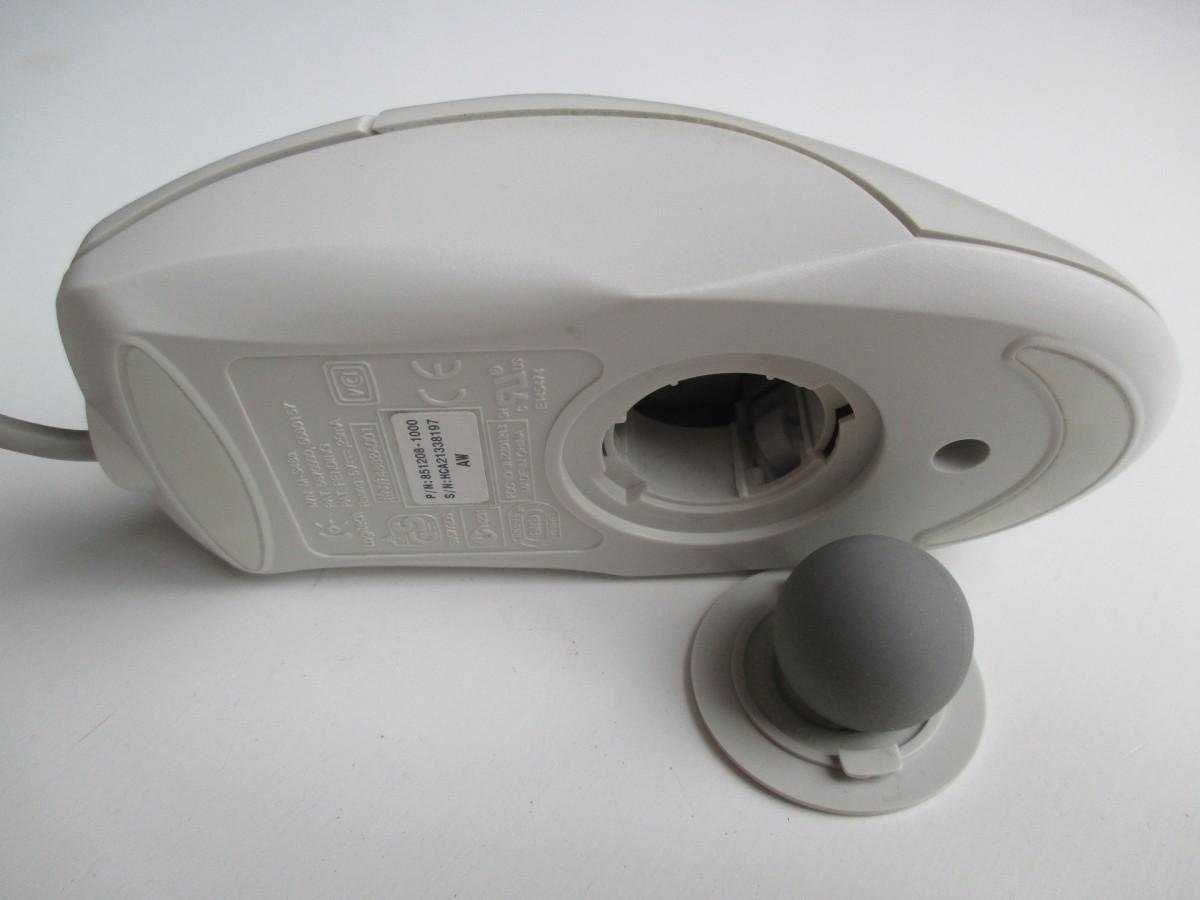Image by Gerd Altmann from Pixabay It also aids in developing a greater appreciation of some of the keys and shortcuts on the keyboard. The keyboard lesson will largely be based on Microsoft Windows operating systems and products.
The Role of the Mouse
The first computer mouse was invented in the early 1960s by Douglas Engelbart and has since become an important navigation device on most computer desktop screens used today. A little-known fact is that computers never relied on the mouse for navigation in the past, and they can still function without the mouse today. With the introduction of touch screens, the importance placed on the mouse is gradually reducing. However, most computer screens used today are not all touch screens, so how can you use the computer without a mouse? The answer is the keyboard.
The Role of the Keyboard
The history of computer keyboards is directly linked with the world’s first-ever commercially successful typing machine, invented by a man called Christopher Latham Scholes in 1873. The keyboard was introduced to computer systems decades earlier than the mouse. All input commands on the computer were achieved by punching keys on the keyboard, even today, BIOS settings can only be set using the keyboard and not the mouse; computer programming is also conducted in the language of the keys on the keyboard. For this reason, all computer users need to know how to operate a computer using the keyboard.
The Tab Key
The word tab derives from the word tabulate, which means “to arrange data in a tabular, or table, form.” When a person wanted to type a table (of numbers or text) on a typewriter, there was a lot of time-consuming and repetitive use of the spacebar and backspace key. To simplify this, a horizontal bar was placed in the mechanism called the tabulator rack. Pressing the tab key would advance the carriage to the next tabular stop. Today, a tab key can be used in the same traditional way of navigating rows and columns in a spreadsheet or a table. However, with the same concept, a tab key can also be used to navigate from one element on the desktop to the next. It is for this reason that any lessons on navigating the desktop with the keyboard should start with the tab key.
How to Use the Tab Key
On most programs on the computer desktop screen, pressing the Tab key moves between selectable elements. If the computer screen is displaying the desktop, pressing the tab key will move the selection option to the taskbar at the bottom, allowing the user to open a program pinned on the taskbar by pressing enter. If the user continues to press the tab key, the selection will switch to the icons displayed on the desktop allowing the user to open a program, folder, or document on the desktop by using the keyboard arrow keys to navigate among different icons. When the user presses the Windows start button, then presses the tab key, it will enable the user to navigate among the programs pinned on the start menu. This allows the user to be able to navigate to any part of the computer screen from the desktop without even using the mouse device.
1. Open Folder
After using the tab key to highlight and select a folder on the desktop, the same concept of navigation can be used inside a folder.
2. Open Program
In an open program, the Tab key can be used to navigate around highlighted options on the app.
3. Open Web Page
On a webpage, the Tab key can be used to navigate around the page by clicking on the highlighted link.
4. Open Windows
Tab key combined with the windows start button can be used to navigate around all open windows.
The Tab Key Is a Valuable Tool
A tab key is a key worth familiarizing yourself with because not only is it useful in the absence of a mouse, but it also improves a user’s control of the keyboard and aids in advancing one’s keyboard skills.
A Few Final Notes
It is worth mentioning, the tab key is not a magical navigation key. It requires the user to know exactly where they intend to navigate to:
The tab key cannot highlight an option with a single press of the key—rather the user has to keep pressing the key until the required option is highlighted. The tab key only highlights the major parts of the screen—the user has to use the keyboard arrows to navigate to individual elements. The tab key will highlight the desktop, but the user has to use the keyboard arrows to navigate to individual icons or programs on the screen.
This content is accurate and true to the best of the author’s knowledge and is not meant to substitute for formal and individualized advice from a qualified professional.
Questions & Answers
Question: Why is it that when I press tab in a folder, it doesn’t go on the file am looking for, even after pressing it many times? Answer: Tab does not automatically go to individual files, when you press tab and it highlights a file in a folder, use the direction keys on the keyboard to navigate to the file you are looking for. © 2019 AL
Comments
AL (author) on May 13, 2020: It takes a bit of getting used to, but once you become competent with the tab button you’ll automatically start using it everywhere. It gives a certain level of confidence and distinguishes a beginner from an advanced computer user. Micha ELa from Philippines on May 13, 2020: It will take some getting used to, but I ought to be using the tab more to navigate. That’s how I got here in the comment box. AL (author) on February 08, 2020: Thanks for the feedback success79. Sonia from New York on February 07, 2020: A highly informative constructed article that provides useful tips relating to the specific content. Well done! AL (author) on January 08, 2020: Hello Jane, Unfortunately, I haven’t received any question, either resubmit or I can still answer your question here. Jane Monor on January 08, 2020: I submitted a question a response would be appreciated.










